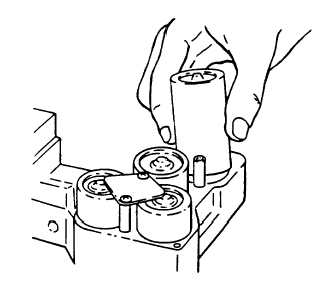TM 5-6635-386-12&P
NOTE
Optional 12 VDC Cord illustrated.
Plug the wall charger into 110/60HZ supply and plug the
charger plug into the charger terminal on the tester. The
tester batteries will automatically charge with no danger
of overcharging.
CPN recommends charging over a weekend or overnight
whenever the "L" low battery indicator is on.
NICADS lose approximately 1% of their charge per day
through self-discharge. The tester will require charging if
it has been in storage for a period of months.
When the tester is not in use, remove the batteries.
Batteries are not to be stored in or left in the tester.
3-4.
ANTICIPATED TESTS PER CHARGE
Current consumption is low due to use of CMOS
circuitry. The total time between charges will be a
function of the number of tests taken and the total time
passage between charges.
A tester uses approximately 80 milliamperes during
count periods. It uses approximately 2 ma during
quiescent periods (no counting).
The NICADS have a 4,000 milliampere charge life when
new and fully charged. (4.0 Ampere hours).
Thus, if the tester was not used during a charge period,
the tester should operate approximately 2,000 hours per
charge or approximately 83 days.
If the tester is used continuously with no rest, it would
last approximately 50 hours and would provide 3000 one
minute tests (50 x 60).
How long it will last for a given user and how many tests
will be available, is thus a combination of passage of
time and tests performed.
The charge should last for many weeks for a typical user.
3-5. BATTERY REPLACEMENT (Figure 3-2.)
Remove battery cover.
Remove the knurled nut retaining the battery pack in the
tester.
Figure 3-2. Battery Replacement
Slide the battery pack out of the tester.
Remove the appropriate hold down plate atop the cell
that is to be replaced.
Replace the cell with positive end (button end) UP.
Replace the hold down plate, replace the pack, and
replace the battery cover.
Make sure the cover makes contact with the battery.
3-6.
SHUTTER MAINTENANCE (Fig. 3-3.)
The shutter is a carbide-tungsten-lead combination for
maximum shielding and maximum longevity
3-2

